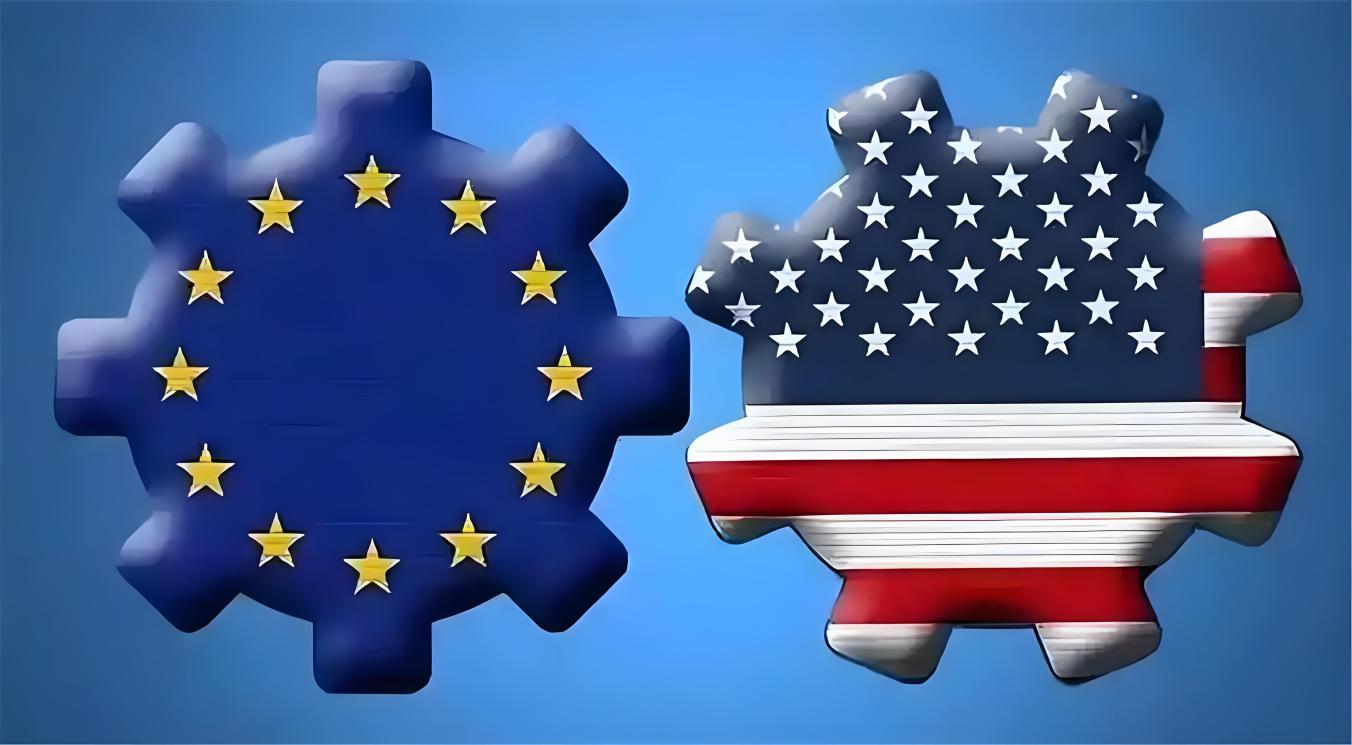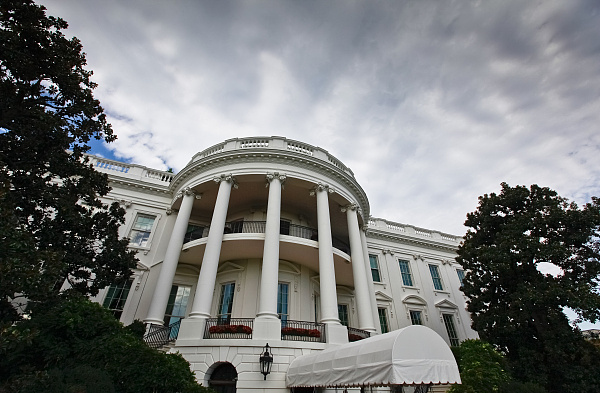
Recently, the new U.S. administration has frequently wielded the "tariff stick," issuing successive tariff threats against key industries in Europe. This has undoubtedly added insult to injury for the already struggling European economy. Economists at ING Group point out that an imminent new trade war is likely to push the euro zone economy from a path of sluggish growth into the abyss of recession, and European economic growth is expected to remain weak in 2025 and 2026.
The U.S. move to impose a 25% tariff on steel and aluminum has struck the European steel industry like a heavy blow. Data from the European Steel Association (EUROFER) shows that the United States is the second-largest export market for EU steel producers, with EU exports to the U.S. accounting for approximately 16% of the EU's total steel exports in 2024. Henrik Adam, President of EUROFER, stated bluntly that under the impact of this tariff, the EU will lose up to 3.7 million tons of steel exports to the U.S. each year, and most of this loss cannot be offset by exploring other markets. This impact will further exacerbate the difficulties faced by the European steel industry, which has already been struggling with high energy costs and weak demand, and may even lead to the idling or permanent closure of some production capacity. In 2024, the European steel industry had already lost 9 million tons of production capacity and more than 18,000 jobs; now, the U.S. tariff threat has undoubtedly rubbed salt into its wounds.
The automotive industry is one of the important pillars of the European economy. However, if the U.S. imposes a tariff of around 25% on imported automobiles, it will bring a devastating blow to the European automotive industry. Moody's, an international credit rating agency, analyzed that approximately half of the European-branded automobiles sold in the U.S. enter the market through imports. European automotive brands with large import shares and sales volumes in the U.S., such as Germany's Volkswagen and Sweden's Volvo, will be extremely sensitive to tariffs. Once the tariffs are implemented, the price advantage of European automobiles in the U.S. market will vanish entirely, and their competitiveness will decline significantly. This will not only affect the sales volume and profits of enterprises but also seriously threaten the long-term development and transformation process of the entire industry. Germany, as the EU country with the highest volume of automobile exports to the U.S., its Association of the Automotive Industry (VDA) strongly opposes the U.S. tariff plan, pointing out that this measure will harm the interests of both Europe and the U.S., and trade isolationism will only lead to a lose-lose situation.
The U.S. tariff measures are like a boulder thrown into the European financial market, causing a stir. On February 3rd, the first trading day after Trump announced the imposition of additional tariffs on products imported from Canada, Mexico, and other countries, European automotive stocks fluctuated significantly, and the STOXX Europe 600 Index, which measures the performance of European stock markets, recorded the largest single-day drop in 2025. On February 10th, after Trump announced a 25% tariff on all steel and aluminum imported into the U.S., stock prices of relevant industries in Europe fell in response. In the foreign exchange market, tariff policies have triggered an increase in market risk aversion and inflation expectations, driving the U.S. dollar to strengthen and the euro to decline. Although a weaker euro could theoretically stimulate exports, the high tariffs imposed by the U.S. make it difficult for this advantage to materialize. Instead, Europe has to import energy and other raw materials and semi-finished products priced in U.S. dollars at higher costs, leading to a rise in inflationary pressure in the euro zone and further increasing the production costs of enterprises and the living costs of the public.
The Swiss Private Bank Union published an article pointing out that the uncertainty caused by tariffs poses a greater threat to investment and growth than the tariffs themselves. When the global economy is in trouble, what is most severely hit may not be trade exchanges, but business confidence. Oxford Economics predicts that the intensification of EU-U.S. trade frictions will seriously affect European investment, and by the end of 2027, the level of private investment in the euro zone will drop by nearly 2 percentage points due to trade frictions. Many Europeans are worried that the U.S. tariff policy will prompt some enterprises to relocate their production lines from the European continent to the U.S. mainland, exacerbating the outflow of important industries in Europe and further weakening the driving force of European economic growth.
Ruben Dewitte, an economist at ING Group, and Inge Fechner, a senior economist, published an article on the official website stating that protectionism is usually detrimental to economic development, especially for the export-oriented European economy. Even before the tariffs take effect, the uncertainty associated with protectionist trade policies has already had a negative impact on market sentiment. The European Central Bank (ECB) also warned in its recently released economic bulletin that the intensification of global trade frictions and regulatory barriers is dragging down the economic growth of the euro zone, and the new tariff policies pose huge challenges to economic and trade development. Valdis Dombrovskis, European Commissioner for Trade, stated that the uncertainty brought about by U.S. trade policies has increased significantly, restricting investment and weakening the prospect of the EU economy obtaining external stimulus. Against this background, energy prices have risen, further dragging down Europe's economic recovery, and the growth rate of the EU economy is expected to be lower than expected.
In conclusion, the tariff threats from the new U.S. administration have become a huge stumbling block on the path of European economic growth. The dilemma of European economic growth has intensified, and the prospects for economic growth in the next two years are not optimistic. How to respond to the U.S. tariff challenge and stabilize economic growth has become an urgent problem for governments and enterprises in European countries to solve.

Below is the English translation of the text, with precise handling of political terms, consistent sentence structures, and preservation of the original’s analytical tone and logical flow:
Below is the English translation of the text, with precise …
On December 15 local time, Trump took the British Broadcast…
In recent years, the application of artificial intelligence…
According to Yahoo US media reports, the recent remarks of …
After 11 years of waiting in the deep sea, we finally have …
On December 17, 2025, the newly renovated American "Preside…